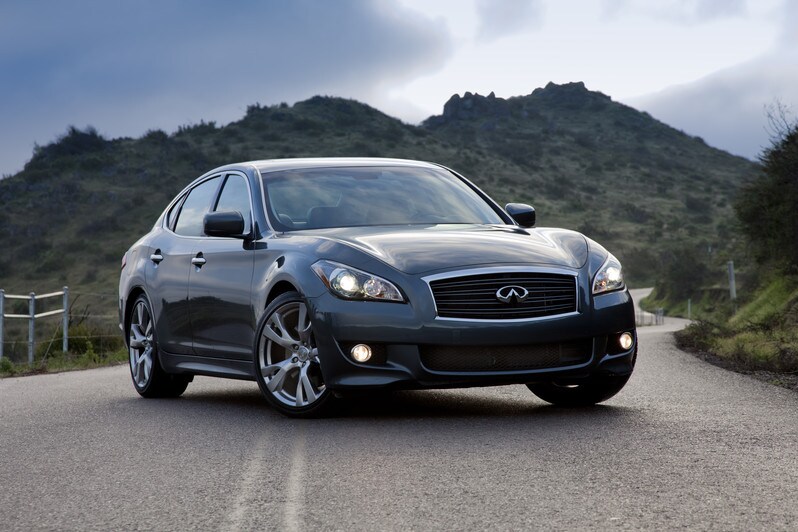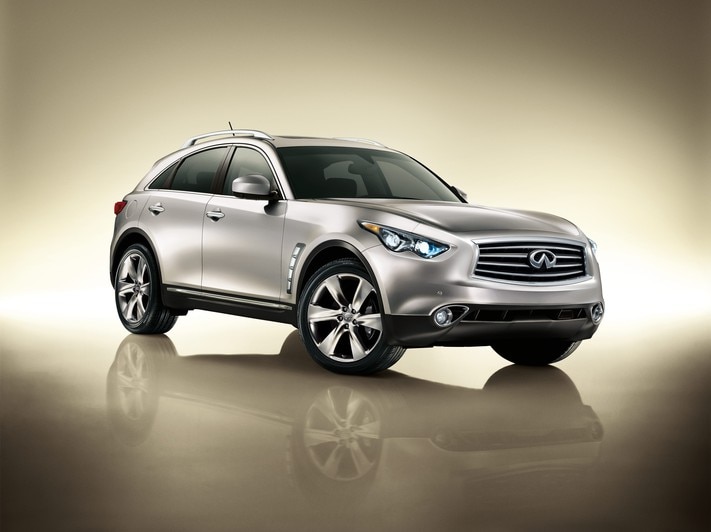One word: ROAD TRIP!
Save on flights and accommodations by planning a trip to one of these
awesome locales:
The
Most Scenic Routes in America: Summer Edition
Sometimes,
you need to get away. Work is
exhausting, your favorite TV sitcoms have gone off the air, and it’s time to
break the mold. Imagine breathing in the
cool breeze of an ocean, or the soothing heat of a morning sun while taking a
trip down the countryside. Road trips
are a great way to embrace the open road to view what our beautiful country has
to offer. So, you have the keys, a bag
of snacks, and a couple days to check out your surroundings, but where do you
go? In today’s blog, we’re discussing
some great scenic places to visit while you travel.
Overseas
Highway – Florida Keys
A
highway that spans 113 miles, composed of roads and bridges from the Florida
mainland to the country’s most southern point, the Overseas Highway is a beautiful
place to drive. There’s blue ocean,
ships, boats, fisherman and tourists at every turn. As an added fact, the Florida East Coast
Railway was converted into this awesome highway.
Finger
Lakes Region – New York
The
Finger Lakes are a chain of lakes in central New York State shaped like…well,
uh…fingers with the lakes formed by glaciers.
The lake extends 75 miles from Syracuse to Rochester. There’s farmland, quaint towns and hundreds
of wineries. An Autumn trip adds an
accentuating foliage to a beautiful drive year around.
Pacific
Coast Highway – California
This
is known as one of the most scenic views in the world. Hugging cliffs, and coastlines line a 123
mile stretch in a blissful five hour dream of beauty and saltwater scents. However, this is not for the faint at
heart. The PCH offers some hairpin
turns, narrow shoulders and steep drop-offs so BE ALERT. Honestly, take some
time to pull over in safe places to really enjoy the vista.
San
Juan Skyway – Colorado
This
scenic 233-mile drive through San Juan National Forest, Grand Mesa, is known as
the “road to the sky” because of its mountains, quaint towns and ancient Native
American pueblo ruins. The drive
features steep cliffs, alpine forests, campgrounds and plenty of outdoor
activities.



